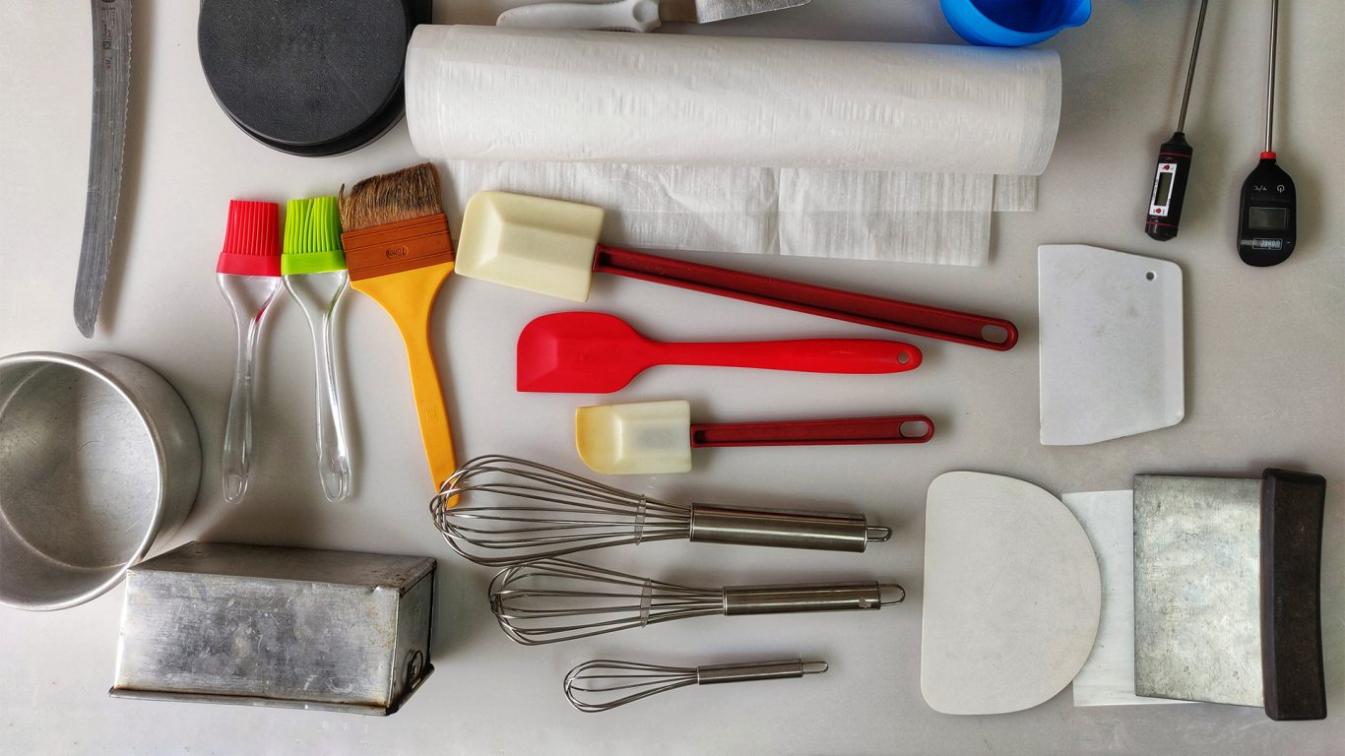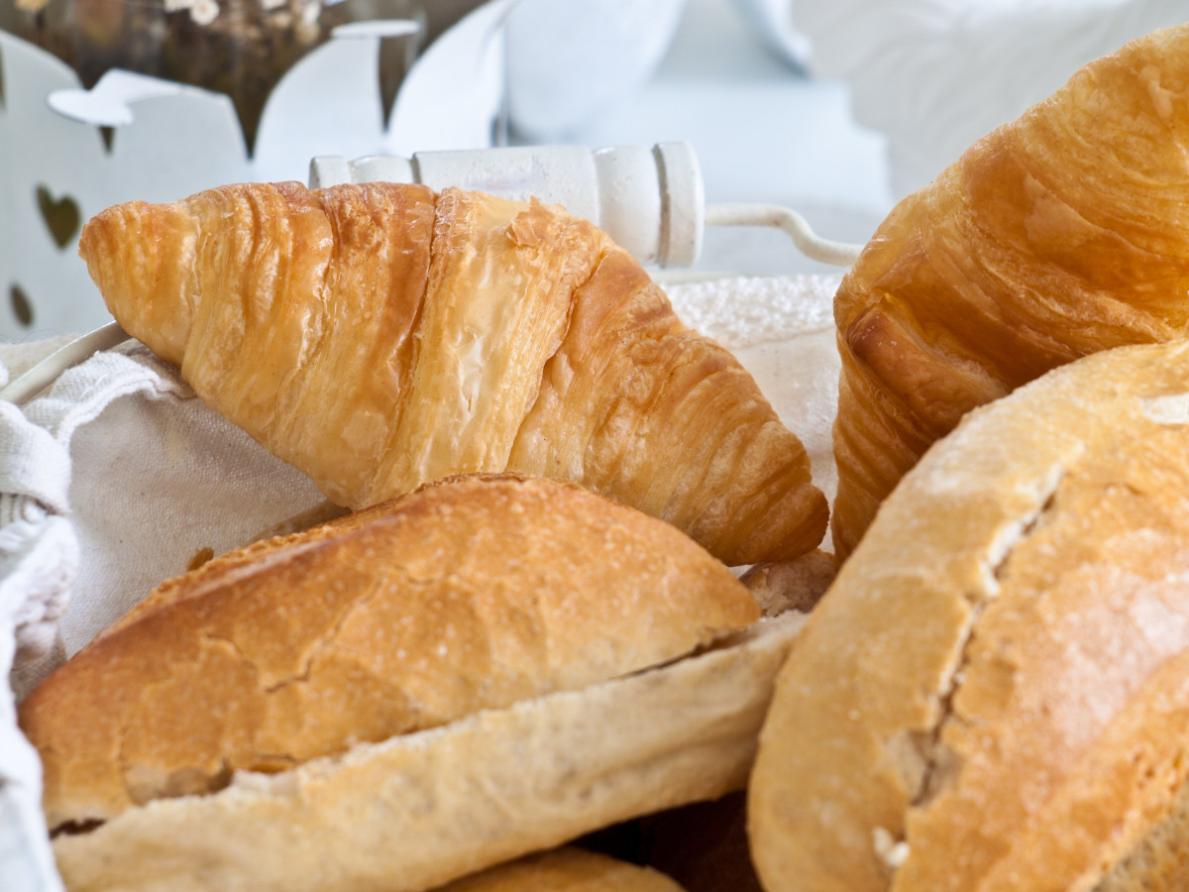Essential Baking Tips and Tricks: Secrets from Experienced Bakers
Baking is an art form that requires precision, patience, and a keen understanding of the science behind the process. Whether you're a novice baker or an experienced one, there are always new tips and tricks to learn that can elevate your baking skills and create delicious, visually appealing treats. In this article, we'll explore some essential baking tips and tricks that experienced bakers swear by, helping you unlock the secrets to successful baking.

Essential Baking Tips
1. Mise En Place:
Before you start baking, take the time to prepare and measure all of your ingredients. This is known as "mise en place," a French term that means "putting in place." Having all of your ingredients ready to go will help you stay organized and ensure accuracy, reducing the risk of mistakes.
2. Understanding Ingredients:
Familiarize yourself with the role of each ingredient in baking and how they contribute to the final product. For example, flour provides structure, sugar adds sweetness and tenderness, and eggs act as a binder and leavening agent. Understanding the function of each ingredient will help you make informed decisions when adjusting recipes or creating your own.
3. Measuring Accurately:

Precise measurements are crucial in baking. Use the correct measuring tools and techniques to ensure accuracy. For dry ingredients, use a measuring cup with a flat top and scoop the ingredient into the cup, leveling it off with a knife or straight edge. For liquid ingredients, use a measuring cup with a spout and read the measurement at eye level.
4. Oven Temperature:
Preheat your oven to the correct temperature before baking. The temperature of the oven affects the baking process and the final product. If the oven is too hot, the baked goods may burn or overcook. If the oven is too cool, the baked goods may not cook through properly.
5. Mixing Techniques:
Different baking recipes require different mixing techniques, such as creaming, folding, and whisking. Creaming involves beating butter and sugar together until light and fluffy. Folding involves gently incorporating dry ingredients into wet ingredients using a spatula. Whisking incorporates air into a mixture, creating a light and airy texture.
6. Baking Times:
Follow the recipe's baking times closely. Overbaking can dry out baked goods, while underbaking can leave them raw or doughy. Use a toothpick or timer to check if baked goods are done. Insert a toothpick into the center of the baked good; if it comes out clean, it is done. If it comes out with batter or crumbs attached, it needs to bake longer.
7. Cooling Techniques:
Properly cooling baked goods is essential for preserving their texture and flavor. Allow baked goods to cool completely on a wire rack before storing or serving. Cooling baked goods on a wire rack allows air to circulate around them, preventing condensation from forming and making them soggy.
Tricks From Experienced Bakers
1. Using Parchment Paper:
Line your baking pans with parchment paper to prevent sticking and make cleanup easier. Parchment paper also helps baked goods bake more evenly and prevents them from browning too much on the bottom.
2. Chilling Dough:
Chilling dough before baking can improve the flavor and texture of baked goods. Chilling helps develop the gluten in the dough, resulting in a more tender and flaky texture. It also helps prevent the dough from spreading too much in the oven.
3. Laminating Dough:
Laminating dough, a technique used for croissants and puff pastry, involves folding butter into the dough repeatedly. This creates flaky layers and a light, airy texture. Laminating dough requires patience and skill, but the results are worth the effort.
4. Using Egg Wash:
Brushing baked goods with an egg wash before baking creates a golden brown crust and adds shine. Egg wash is made by whisking together an egg and a little water or milk. It can also be flavored with herbs, spices, or extracts.
5. Decorating Techniques:
Decorating baked goods can be a fun and creative way to add a personal touch. Use frosting, sprinkles, edible decorations, or even fresh fruit to create visually appealing and delicious treats. Experiment with different decorating techniques to find what you enjoy the most.
Baking is a skill that takes time and practice to master. By following these essential baking tips and tricks, you can improve your baking skills and create delicious, visually appealing treats that will impress your friends and family. Don't be afraid to experiment and try new things. The more you bake, the more you'll learn and the better your baking will become.
For further learning, consider taking a baking class or workshop, or explore online resources and cookbooks dedicated to baking. With dedication and practice, you can become a confident and skilled baker, creating mouthwatering baked goods that will bring joy to your kitchen and those you share them with.
YesNo

Leave a Reply